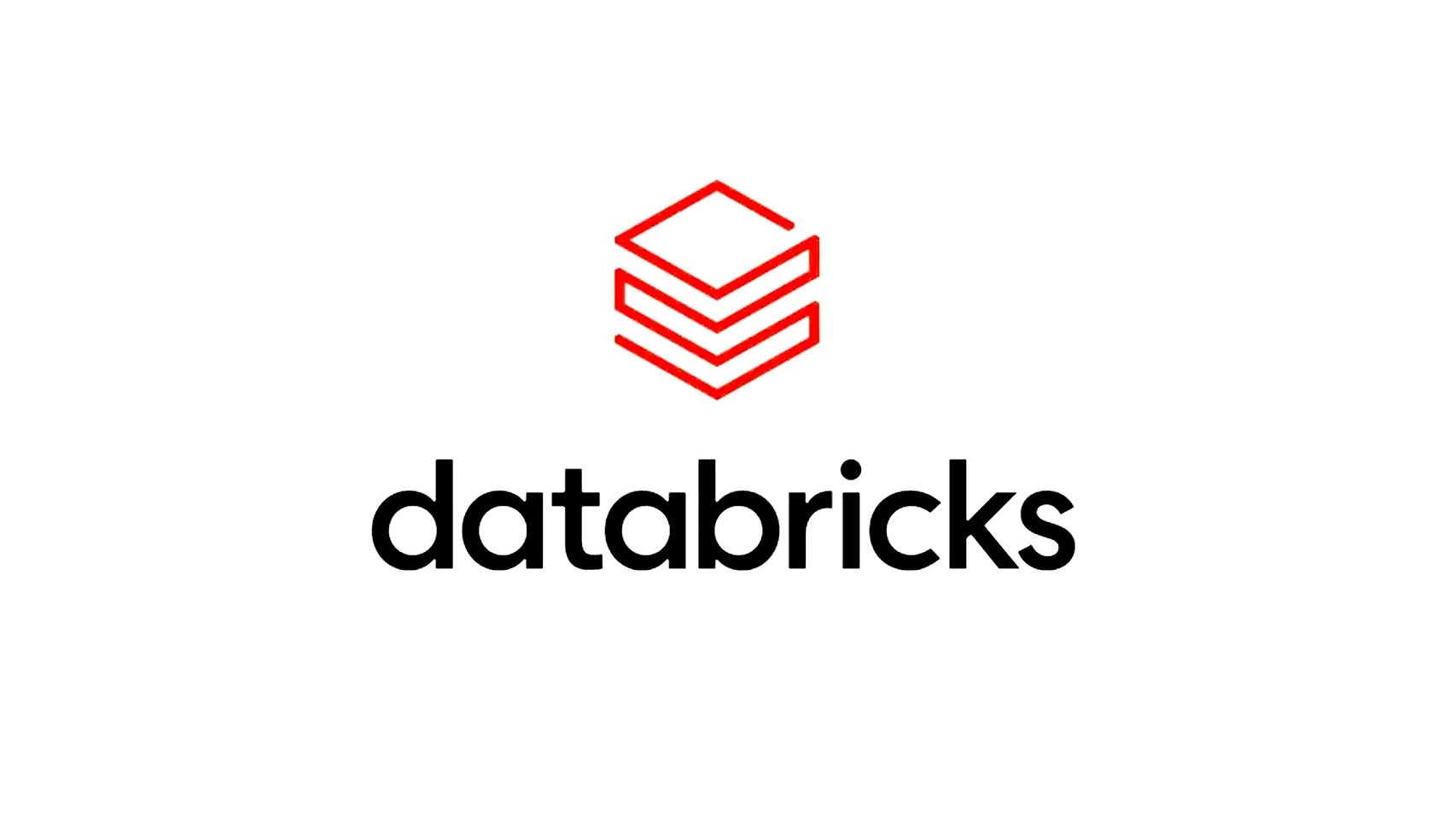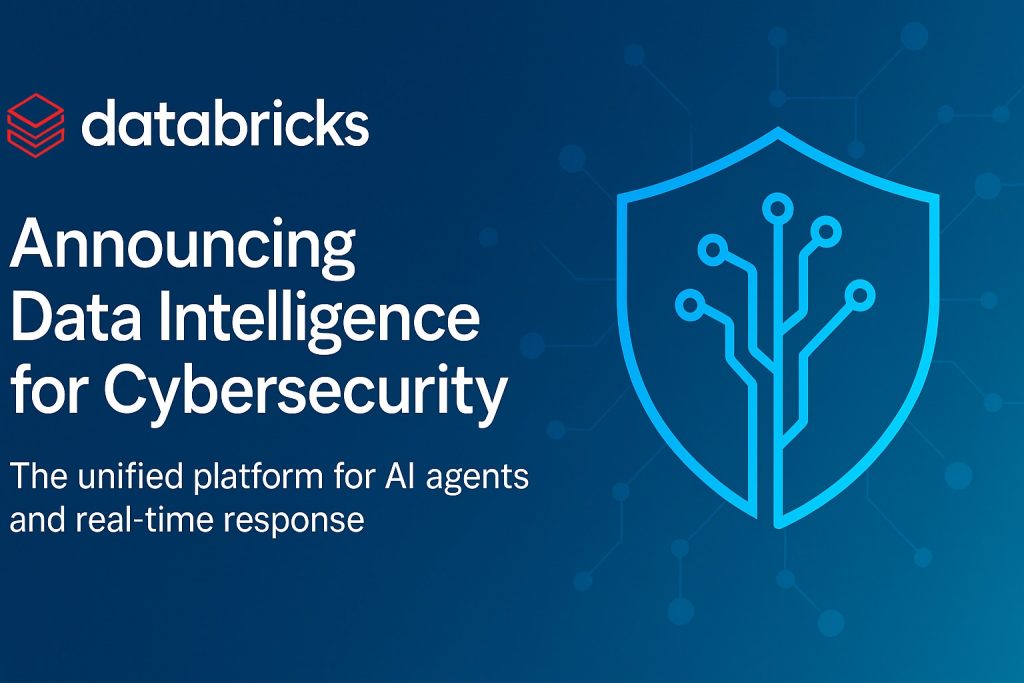The data analytics giant just made a significant play in the cybersecurity arena. Databricks unveiled its Data Intelligence for Cybersecurity platform on September 30, 2025, marking the company’s most substantial entrance into security markets where artificial intelligence is fundamentally reshaping both attack methodologies and defensive strategies. This platform aims to help organizations counter increasingly sophisticated AI-driven threats through unified data analysis and automated response mechanisms.

Tackling the Fragmented Security Data Challenge
Security teams face a persistent obstacle: data scattered across disparate systems that prevents effective AI implementation for threat detection and response. Omar Khawaja, Databricks VP of Security and Field CISO, frames the solution as making “data and AI the strongest defense strategy for any organization,” providing “a more precise, governed, and flexible approach to building AI agents that proactively combat modern and AI-based threats.”
The platform’s cornerstone innovation centers on Agent Bricks capability, enabling security teams to build and deploy production-ready AI agents for autonomous threat detection and response. These agents process massive security data volumes in real-time while executing governed actions throughout the security chain—from initial detection through incident response.
How Agent Bricks Actually Works:
Unlike traditional security information and event management (SIEM) systems that require extensive manual rule configuration and analyst interpretation, Agent Bricks operates through autonomous decision-making frameworks. The agents continuously learn from security data patterns, adapting their detection algorithms as threat landscapes evolve. This dynamic approach addresses a fundamental weakness in legacy security tools—they’re only as effective as their last manual update.
The “governed actions” component deserves emphasis because autonomous security responses create obvious risks. Agent Bricks implements controls ensuring agents can’t execute potentially destructive actions without appropriate oversight. Organizations define boundaries for automated responses, with escalation protocols triggering human review when situations exceed predefined parameters.
Real-World Performance From Early Adopters
Several major technology companies have already implemented the platform with measurable outcomes. Barracuda Networks achieved 75% reductions in data processing and storage costs while delivering real-time alerts within five minutes. Palo Alto Networks reported three-fold increases in AI-powered threat detection feature speed alongside operational cost reductions.
Arctic Wolf, processing over 8 trillion security events weekly, uses Databricks as part of its platform to “unify and analyze data in real-time,” according to Dan Schiappa, the company’s President of Technology and Services. SAP Enterprise Cloud Services cut engineering time by 80% and increased rule deployment speed by over five-fold.
Performance Context That Matters:
The five-minute alert timeline Barracuda achieved represents substantial improvement over industry norms where threat detection often requires hours or days. Consider that many significant breaches involve attackers maintaining network access for weeks or months before detection—collapsing that timeline to minutes fundamentally changes defensive postures.
The 75% cost reduction Barracuda reported stems from Databricks’ architecture consolidating security data into unified lakehouse storage rather than maintaining separate systems for different data types. Traditional security operations might run separate platforms for log management, threat intelligence, incident response, and compliance reporting—each with distinct storage and processing costs. Consolidation eliminates redundancy while improving cross-dataset correlation.
Arctic Wolf’s 8 trillion weekly security events provide scale context. Processing that volume requires infrastructure capable of ingesting, normalizing, analyzing, and storing enormous data streams without latency that would render real-time detection meaningless. The fact that Arctic Wolf selected Databricks for this workload validates the platform’s capacity for genuine enterprise-scale operations.
Integration Strategy Opens Ecosystem Opportunities
The platform integrates with an extensive partner ecosystem including Accenture Federal, Deloitte, Varonis, Panther, and others, expanding Databricks’ reach across diverse client environments. This strategic approach lets organizations leverage existing security investments while enhancing them with automation and AI analytics capabilities.
Why Ecosystem Integration Actually Matters:
Security teams already struggle with tool proliferation—the average enterprise security operations center uses dozens of distinct security products. Introducing yet another platform that requires ripping out existing investments faces obvious adoption barriers. Databricks’ integration strategy acknowledges this reality, positioning the platform as an intelligence layer augmenting rather than replacing current tools.
The partner roster spanning consulting firms (Accenture, Deloitte), security vendors (Varonis, Panther), and others signals Databricks’ intent to build comprehensive ecosystem support rather than operating as an isolated solution. Organizations evaluating the platform can leverage partner expertise for implementation, integration with specialized security tools, and ongoing optimization.

Market Positioning and Competitive Landscape
Databricks enters a crowded cybersecurity market where established players like Splunk, Palo Alto Networks, CrowdStrike, and Microsoft already offer AI-enhanced security platforms. The company’s differentiation centers on its data lakehouse architecture and expertise in large-scale data processing—capabilities directly applicable to security operations drowning in data volume.
The timing proves interesting given ongoing consolidation in security markets. Cisco acquired Splunk for $28 billion in 2024, while other major vendors have absorbed smaller security companies to build comprehensive platform offerings. Databricks’ entry suggests confidence that its data-centric approach provides sufficient differentiation to compete against integrated security giants.
Critical Questions Remaining:
Several aspects warrant scrutiny as the platform matures:
Accuracy and false positive rates: Early customer results emphasize speed and cost improvements but don’t detail detection accuracy or false positive rates—critical metrics determining whether AI agents genuinely improve security postures or simply generate more noise for overwhelmed teams to triage.
Enterprise adoption timeline: Security tools typically require 12-18 months from initial deployment to full production maturity as organizations tune detection rules, establish response playbooks, and train staff. Whether Databricks’ platform compresses this timeline or demands similar investment remains unclear from launch announcements.
Regulatory compliance: Heavily regulated industries face requirements around security tool certification, audit trails, and data handling that may influence adoption timelines. How Databricks addresses compliance frameworks specific to healthcare, financial services, and government sectors will impact addressable market expansion.
Pricing structure: Launch materials don’t disclose pricing models, though Databricks’ consumption-based approach for its core platform suggests similar structures for cybersecurity offerings. Organizations evaluating the platform need clarity on whether reported cost savings factor in Databricks licensing fees or reflect operational efficiencies alone.
The platform launch represents substantial investment from Databricks in cybersecurity markets, backed by impressive early customer results. Whether it gains significant traction against entrenched competitors depends on factors extending beyond technical capabilities—partner ecosystem development, customer success stories, and sustained innovation as threat landscapes evolve will all influence the platform’s trajectory in coming quarters.




Post a comment